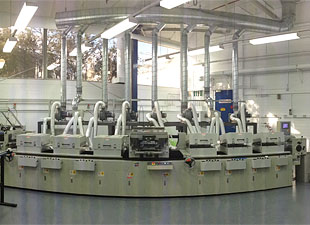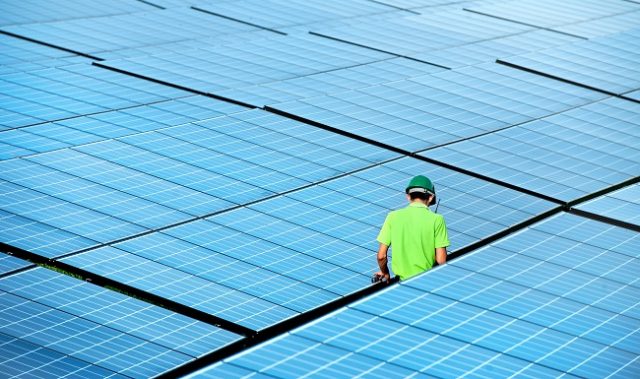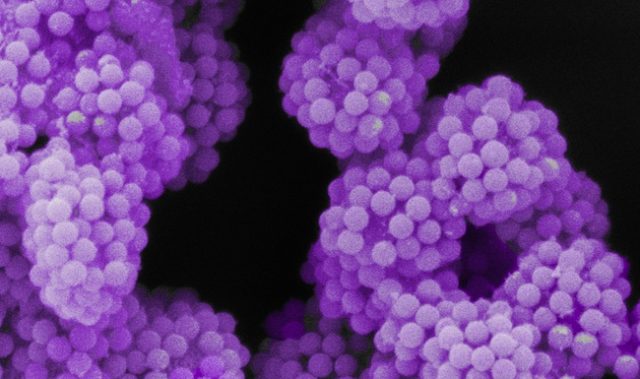
AsianScientist (Jan. 28, 2015) – New and improved solar panels could result from the discovery of a new liquid crystal material, making printable organic solar cells better performing.
Published in Nature Communications, University of Melbourne researchers say their discovery of the highly sought-after ‘nematic liquid crystals’ can now lead to vastly improved organic solar cell performance.
Lead author Dr. David Jones of the University’s School of Chemistry and Bio 21 Institute, said these cells will be easier to manufacture, with the new crystals now able to work in cells that are double in thickness on the previous limit of 200 nanometers.
“We have improved the performance of this type of solar cell from around 8 percent efficient to 9.3 percent, finally approaching the international benchmark of 10 percent.”
It means that consumers can look forward to more competitive pricing in the solar energy sector, and according to Jones, the discovery is a shot-in-the-arm for the whole organic materials sector.
“The discovery is a step forward for the wider commercialization of printed organic solar cells. But more than this, could aid in the development of new materials with improved performance such as LCD screens,” he said.
Uptake of the current generation of organic solar cells has lagged behind more widespread silicon-based models due to their comparative lack of performance even with a simplified construction via large printers.
This is despite the organic models providing an unparalleled degree of versatility in how they are used; they can be shaped to fit nearly any surface area, as opposed to the traditional ‘grid’ formation of silicon-based cells.
“It had been theorized that a certain group of nematic liquid crystals would provide excellent electronic properties—as well as being printable—and therefore they had been sought for a long time,” said Jones. “With this research, we have shown for the first time these high performing materials.”
“We’ve seen recently at the annual Consumer Electronics Show (CES) in Las Vegas that printable electronics have an exciting future, as parts of phones and even cars. This discovery could help improve the performance of these solar cells, and lead to even more innovation in the coming years,” concluded Jones.
The article can be found at: Sun et al. (2015) A Molecular Nematic Liquid Crystalline Material for High-Performance Organic Photovoltaics.
—–
Source: University of Melbourne.
Disclaimer: This article does not necessarily reflect the views of AsianScientist or its staff.












